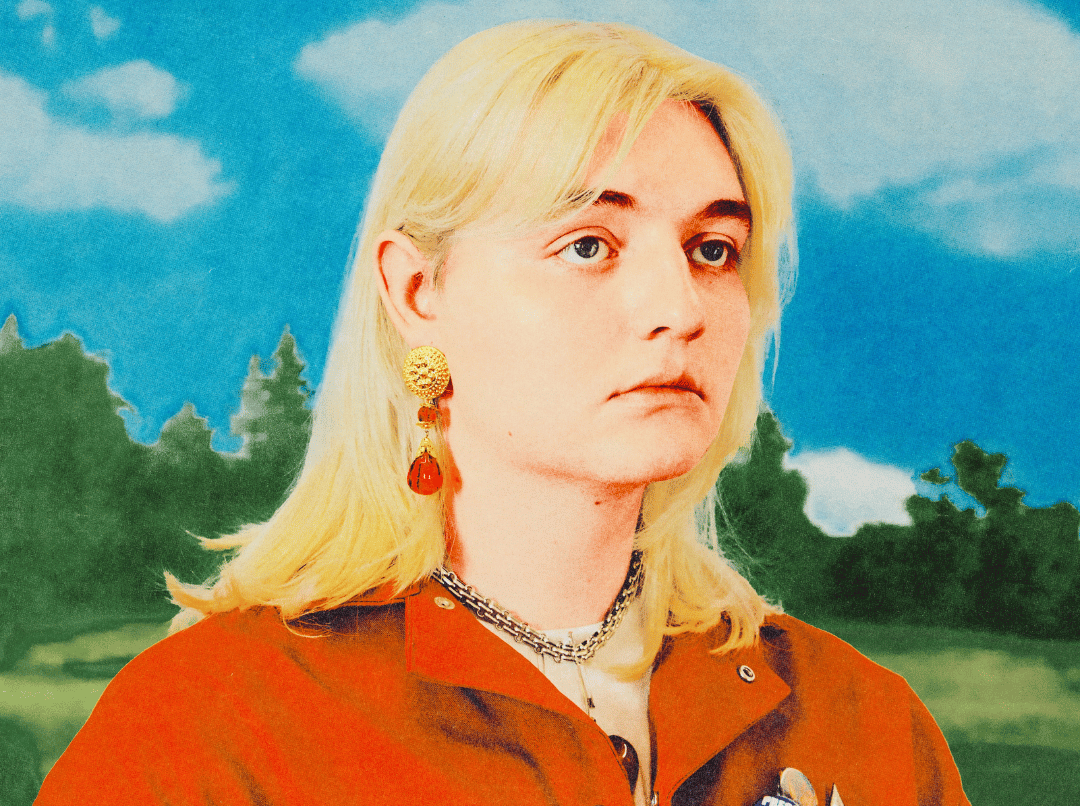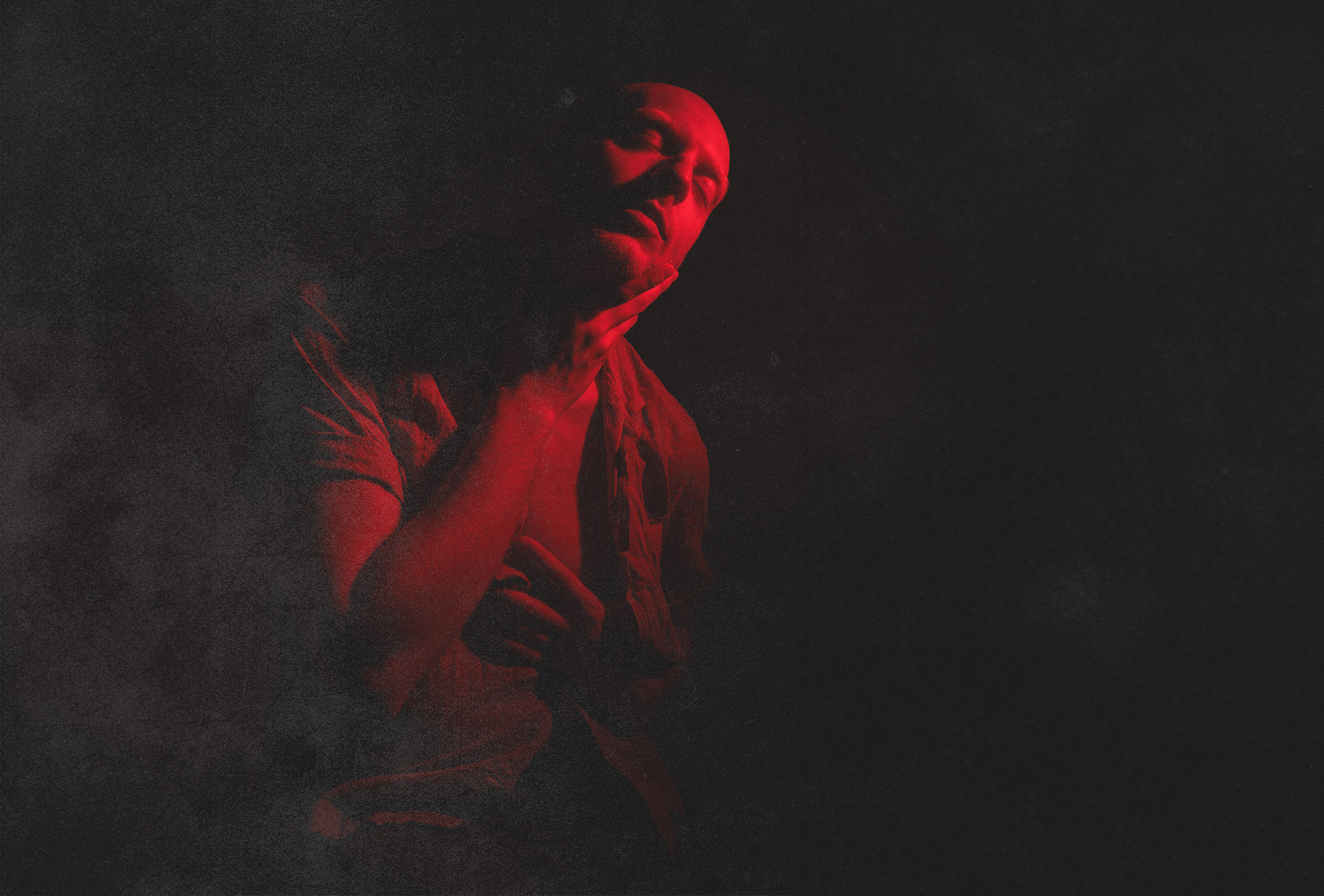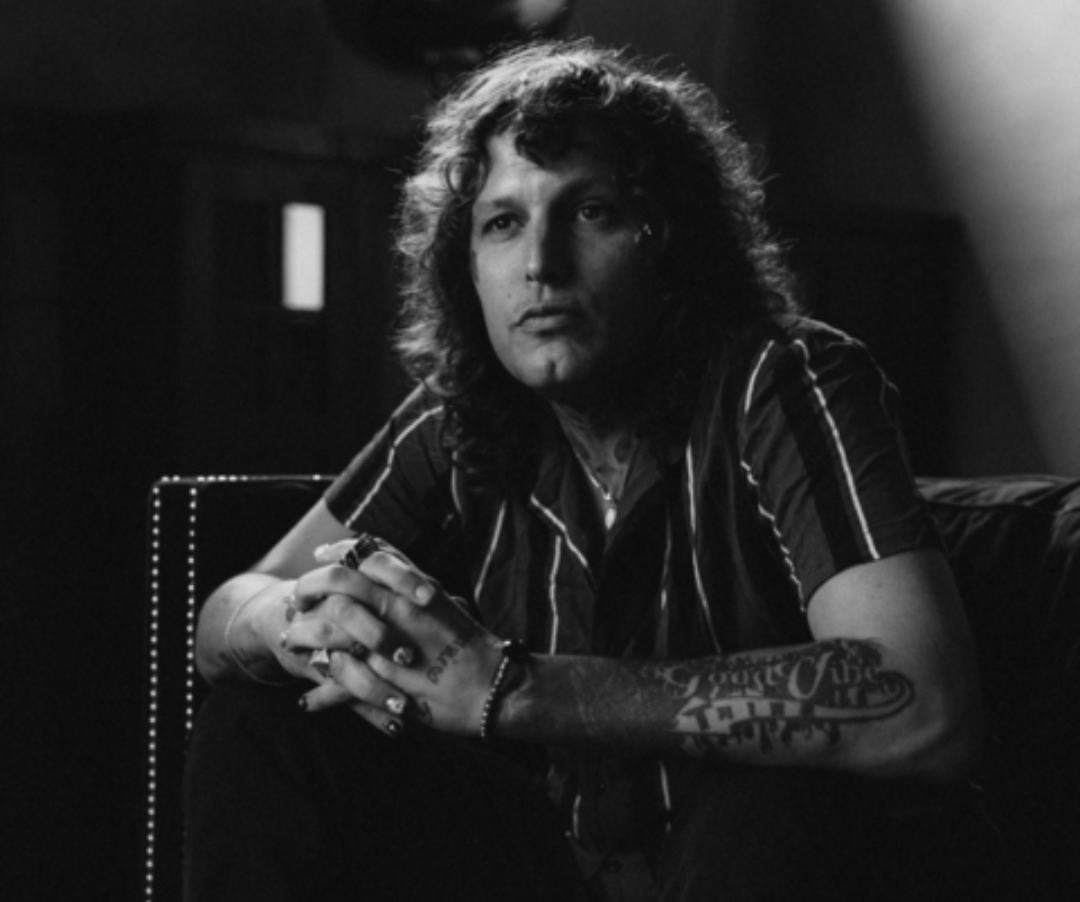CULTURE
Cult Leader, Mass Murderer, Alt-Right Hero, Folk Singer: Charles Manson and His Failed Music Career
27 Jul, 19
Quentin Tarantino’s “Once Upon a Time in Hollywood” is preparing to take modern-day Hollywood by storm.
The film’s release is timed to coincide with the 50th anniversary of the infamous Manson Family murders, when Charles Manson and his coterie of villains gruesomely took the lives of Sharon Tate and eight others.
Manson’s legacy has persisted for half a decade, and Tarantino’s movie reestablishes another gruesome truth: Hollywood can’t get enough of its supervillains, especially when their mythologies involve young women, movie stars, and ambition that crashed and burned and left bloodlust in its wake.
All this recognition raises the question: When is it acceptable to revisit the legacy—and, in this case, the music—of a serial killer?
Hollywood Hallucinations
Before he became a cult leader, Manson actually wanted to be a folk musician.
From 1966-67, Manson recorded his compositions onto a mixtape called Lie: The Love and Terror Cult. Because Manson is a white supremacist and serial killer, we don’t actually encourage you to waste the time or energy to listen to his album. Instead, according to other sources, the album’s fourteen songs belie a troubled spirit with a (possibly subconscious) awareness of his own true nature—particularly on “People Say I’m No Good” and “Garbage Dump.” Apparently, his music is also laden with counterculture tropes, from a hatred of cops to a bevy of lines about birds.
However, Manson’s guiding mantras were in no way aligned with the starry-eyed, peace-and-love ethos of the average counter-culture hippie. Manson was motivated by racist ideas that led him towards the belief that an ensuing, super-apocalyptic race war was on its way, meant to annihilate both blacks and whites, thereby creating space for Manson and his (maybe “disturbed”) ‘Family’ to take over the world.
Though his music never broke into the mainstream on its own, Manson did make some promising industry connections before initiating his final rampage. In 1968, two of Manson’s female followers—Patricia Krenwinkel and Ella Jo Bailey—were hitchhiking when they were picked up by the Beach Boys’ drummer, Dennis Wilson. Once he learned about this, Manson leapt on the connection, eventually ingratiating himself into the Beach Boys’ social circle. He and some of his Family moved into the Beach Boys’ mansion that summer, where they dropped acid and participated in group sex.
Soon enough, it seemed like Manson might’ve made a powerful connection with the Beach Boys, as Dennis Wilson eventually took Manson to a studio to record. However, everything came crashing down when Manson pulled a knife on Wilson’s producers after a disagreement, and from there, things spiraled out of control.
That fall, the Beach Boys recorded a poppier version of Manson’s original song, the forebodingly named “Cease to Exist,” renamed “Never Learn Not to Love,” with Brian Wilson credited as the sole songwriter. Afterwards, Manson presented Dennis Wilson with a single bullet, and said, “It’s important to keep your children safe.” This was the final straw; Wilson beat him up and sent him home.
Until he drowned off the coast of Marina del Rey in 1983, Dennis Wilson refused to talk about his relationship with the Manson Family. It is known that the Mansons wrecked the Wilson’s car, blew $100,000 in cash, passed along STDs, and trashed his home. According to fellow Beach Boys member Mike Love, Wilson saw Manson shoot someone and throw him down a well. The psychological impact of a visit from the Manson family certainly did nothing to help with Dennis Wilson’s battle with addiction, which would continue for the remainder of his life.
That was Charles Manson for you, though. He was a man whose fetid, twisted nature found a shell in the hectic abandon of the late 1960s counterculture movement, and whose ability to cast a spell over others enabled him to pull many innocent people into his twisted influence. As it turned out, the drug-addled, guru-worshiping, love-is-all-you-need ethos of the hippie age was the perfect guise under which to hide murderous impulses.
Interestingly, Manson’s actions were partly inspired by some of the most famous music of the era. He claimed that the Beatles’ White Album was the reason he committed all of his murders in the first place; specifically, he believed that several songs on the White Album foreshadowed a forthcoming race war. He believed that the song “Helter Skelter” referred to the four horsemen of the apocalypse, and that “Revolution 9” and “Piggies” predicted the vanquishment of the white man.
Chillingly, during one of the Manson murders, one of the killers wrote “Helter Skelter” in blood on a door in Sharon Tate’s house.
Posthumous Glory
Since Manson’s conviction, his music has gained controversial levels of recognition. The Lemonheads covered Manson’s “Home is What Makes You Happy” in 1988, and Guns N’ Roses put their spin on “Look at Your Game Girl,” released as a secret bonus track at the end of their covers album The Spaghetti Incident?
Most famously, the boundary-pushing goth rocker Marilyn Manson created his name by smashing together “Charles Manson” and “Marilyn Monroe” to form a moniker that combines two of the most glorified objects of Hollywood tragedy. Marilyn Manson even covered Charles'”Sick City,” and Nine Inch Nails recorded their 1992 EP, Broken, at the house where Sharon Tate was murdered.
All this posthumous recognition raises the question of when, and if, it’s appropriate to recognize and interpret the art of a serial killer and white supremacist. This is the more extreme angle to a very common question—can we separate the art from the artist?
While contemporary “cancel culture” can sometimes go too far, in Manson’s case, there is no separating his work from who he was as a person. Every consideration of what art we morally should or should not listen to needs to happen on a case-by-case basis, wherein we weigh the extremity of the person’s offenses with the time period and extenuating circumstances surrounding their actions; and Manson can never be extricated from who he was as a person or from the lives he stole.
Things get especially hairy when examining the tremendous amount of art and pop cultural products inspired by Manson’s legacy. From Joan Didion to Marilyn Manson, Mad Men to the Ramones, Manson has been a constant muse for everyone from punk rockers to political commentators. Sometimes, these products can be genuinely thoughtful—for example, Emma Cline’s The Girls explored the brainwashing inherent in 60s California mythology and the effect of patriarchal aggression on the adolescent female psyche; and other outlets like Psychic TV have used Manson’s story to explore the connection between cults and fanbases.
Still, other interpretations have been less nuanced, to say the least. Buried within the countercultural forces that motivated Manson was a stunning super-individualism, a belief that he was totally enlightened and free, to the point of total liberation from any form of consequence. It was a patriarchal, white supremacist, pack-mentality-created hatred that is very much alive today. (There are obvious parallels between the central ideas that fueled Charles Manson and fuel the alt-right today, and Manson is a frequent object of idealization on alt-right forums). In a way, attention—be it positive or negative—is exactly what Charles Manson wanted. The fact that he transitioned from an aspiring musician to drug-addled guru to murderous cult leader reveals that his number one love was not music, nor adoration. It was power and attention of any kind.
Therefore, Manson’s music and life deserves no glory and no idealization. The only positive consequences of exploring his story and legacy are a potentially deeper understanding of the forces that created someone like him, if only to locate and address those forces when they reappear.
Tellingly, after Nine Inch Nails frontman Trent Reznor recorded in Sharon Tate’s old home, he happened to run into her sister.
According to Reznor, “She said,’Are you exploiting my sister’s my sister’s death by living in her house?’ For the first time, the whole thing kind of slapped me in the face. I said: ‘No, it’s just sort of my own interest in American folklore. I’m in this place where a weird part of history occurred.’ I guess it never really struck me before, but it did then. She lost her sister from a senseless, ignorant situation that I don’t want to support. When she was talking to me, I realised for the first time: ‘What if it was my sister?’ I thought: ‘Fuck Charlie Manson.’ I don’t want to be looked at as a guy who supports serial-killer bullshit.”
ONCE UPON A TIME IN HOLLYWOOD – Official Trailer (HD)www.youtube.com
- Who Was the First Goth? – Popdust ›
- The 50th Anniversary of “Abbey Road” – Popdust ›
- Beyond Charles Manson: Five Notorious Hollywood Cults – Popdust ›
- Charles Manson’s Musical Legacy: A Murderer’s Words in 9 Tracks … ›
- The Strange History Of Charles Manson’s Failed Music Career | Birth … ›
- Charles Manson’s music was a macabre sidenote – BBC News ›
- Charles Manson: The Musical – Telegraph ›
- Look At Your Game Girl – YouTube ›
- Charles Manson’s life as a failed musician, Beach Boys hanger-on … ›
- Charles Manson – Home Is Where You’re Happy (Music Video … ›
- A guide to Charles Manson-related music ahead of ‘Once Upon a … ›
- Charles Manson’s Ties to Music: The Beatles, The Beach Boys, Nine … ›
- Charles Manson discography – Wikipedia ›













